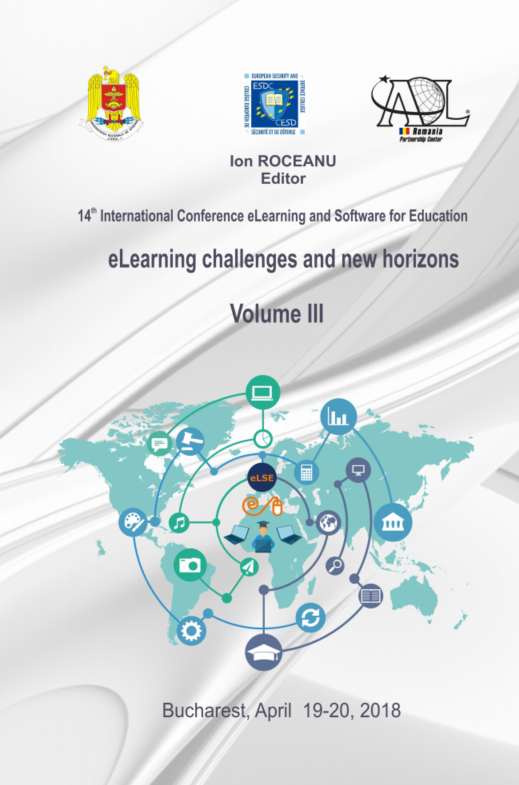Flipped Classroom in Physical Education: Pedagogical Models and Possible Implementation through Web 2.0
Flipped Classroom in Physical Education: Pedagogical Models and Possible Implementation through Web 2.0
Author(s): Emanuele Isidori, Oscar CHIVA-BARTOLL, Alessandra Fazio, Iosif SandorSubject(s): Social Sciences, Education
Published by: Carol I National Defence University Publishing House
Keywords: Physical Education; Flipped Classroom; Web 2;0; ICT; Pedagogy;
Summary/Abstract: Flipped Classroom in Physical Education (PE) is a topic scarcely examined by scholars. It is an educational methodology that interchanges the general organization of the lessons and can be used to rethink from both an epistemological and didactical point of view the traditional way of conceiving of and teaching PE as a subject matter in the school. In Flipped Classroom, the instruction is developed out of the classroom while the homework is completed in the school. To do so, Information and Communication Technologies (ICT) and all e-tools provided by Web. 2.0 are an essential component of this methodology because they enable the students to access the content previously prepared by the PE teacher. The main aim of this paper is to briefly present the Flipped Classroom methodology and to identify and critically examine the main pedagogical models on which it is based. This will allow us to determine the methods and e-tools from ICT and Web. 2.0 as an online learning environment that may better support and implement the content of PE and motivate students in the classroom. This first part of our research will be conducted through the review of the scholarly literature dealing with the main issues of Flipped Classroom as both general topic and methodology of teaching PE in the school. After identifying and critically examining these methods and tools, we will sketch, using a hermeneutical research approach, a flexible model of “flipped learning” in PE classroom based on the use of the new e-tools provided by Web 2.0. In conclusion, we will offer a possible scheme for teaching PE using the Flipped Classroom as a practical methodology and means to motivate the pupils.
Journal: Conference proceedings of »eLearning and Software for Education« (eLSE)
- Issue Year: 14/2018
- Issue No: 03
- Page Range: 274-279
- Page Count: 6
- Language: English

